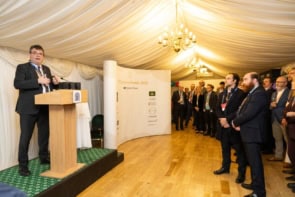A review panel in the US has called for extra funding for synchrotron radiation sources.
Officials at the Department of Energy (DOE), which runs the US synchrotron programme, are now examining the panel’s recommendations in detail. The panel’s report contains good news for three of the four synchrotron radiation labs in the US, although the Advanced Light Source at the Lawrence Berkeley National Laboratory in California could suffer if the budget is not increased.
The panel, which was chaired by Massachusetts Institute of Technology physicist Robert Birgeneau, found that the depth and breadth of synchrotron research in the US had expanded considerably since the last review 13 years ago.
The US has four synchrotron radiation sources. The two second-generation devices – the Stanford Synchrotron Radiation Laboratory (SSRL) at Stanford University and the National Synchrotron Light Source (NSLS) at the Brookhaven National Laboratory – were built in the late 1970s and early 1980s. The two third-generation sources were completed more recently. The Advanced Light Source (ALS) is an ultraviolet-soft X-ray source and started operation in 1993. The Advanced Photon Source (APS) at the Argonne National Laboratory, an X-ray source, came on-line last year.
The panel gives top priority to operating funds for the SSRL, NSLS and APS – currently $136.5 m per year – along with another $3 m for general users of the NSLS and a further $3 m for research on a fourth-generation source. Second priority is an extra $11 m per year for new beamlines at the APS and upgrades at the NSLS. The third priority is operating funds for the ALS, currently $35 m per year.



